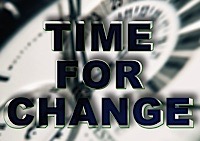
This (usually) means that the VC believes the opportunity you are pursuing isn’t a big enough opportunity for them to invest in. In other words, what you are building should be a feature to something else already out there, instead of a stand-alone company that will generate the type of returns that the VC is looking for. For instance, assume you are building something that fits inside an email client that does X. (Perhaps “X” translates languages). While super helpful to some folks, a VC may take the postion that this should be a feature or tool within the email client, but not an opportunity to build a large company with paying customers around it. Of course, we can debate whether this is a correct statement, but in the eye of the VC this is how it is.




















